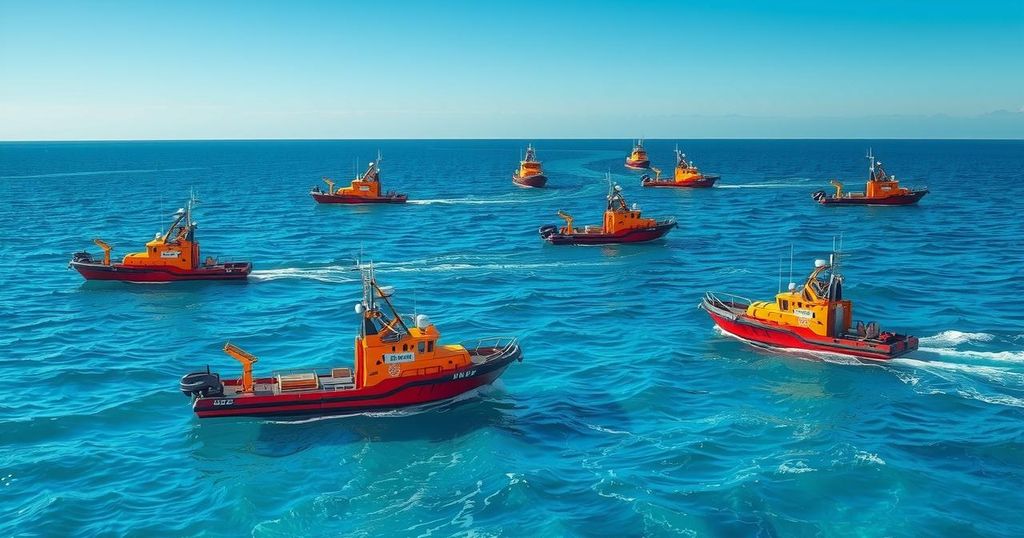Renewed Search for MH370: Key Technologies and Challenges Ahead

Malaysia resumes the search for MH370 with Ocean Infinity using cutting-edge technology. After ten years, the government approved a new search area based on refined data, utilizing the Armada 7806 support vessel and advanced AUVs. The operation aims to locate wreckage with a potential reward involved for success, although challenging conditions are anticipated in the search region.
Malaysia has initiated a renewed search for Malaysia Airlines flight MH370, over 11 years since its disappearance. The latest government approval for this search stems from a collaboration with seabed exploration firm Ocean Infinity, which previously sought unsuccessfully to locate the aircraft in 2018. A proposal from Ocean Infinity received agreement in principle from Malaysia in December last year, utilizing advanced technology in a vast area in the Indian Ocean.
The search area extends approximately the size of Sydney, determined through refined analyses of data such as weather patterns, satellite intelligence, and debris findings along the African and Indian Ocean coasts. Ocean Infinity’s approach leverages its experience in underwater salvage, having previously located other sunken vessels, notably an Argentinian submarine and a US Navy ship.
Equipped with the offshore support vessel Armada 7806, Ocean Infinity employs autonomous underwater vehicles (AUVs) developed by Kongsberg, capable of reaching depths of up to 6,000 meters for extended operations. These AUVs utilize sophisticated sonar systems—sidescan, synthetic aperture, multibeam, and sub-bottom profiling—to image the seafloor and detect objects. These sonar types provide differentiated and complementary data crucial for underwater exploration.
Once sonar identifies a potential target, the AUVs, designed for closer inspections, capture detailed imagery to confirm findings. This imaging operation follows sonar surveys due to the necessity for detailed coverage and analysis. The advancements in marine robotics since 2018 allow Ocean Infinity to deploy multiple AUVs concurrently, enhancing search efficiency.
The search process will encounter difficulties from both weather conditions and underwater terrain. The operation is anticipated to take about 18 months, with optimal conditions expected between January and April each year. If the wreckage is found, a reward of US$70 million awaits Ocean Infinity; however, failure results in no payment and a reset in investigation efforts.
The renewed search for MH370 undertaken by the Malaysian government and Ocean Infinity aims to leverage advanced technology and comprehensive data analysis to locate the missing plane. The operation will utilize a combination of autonomous vehicles and sophisticated sonar technologies within a defined area in the Indian Ocean. Despite potential challenges, the firm’s advancements promise improved search capabilities. Should the wreckage be found, significant insights could be gained regarding the aircraft’s final moments, although the stakes include extensive operational risks.
Original Source: www.hindustantimes.com






